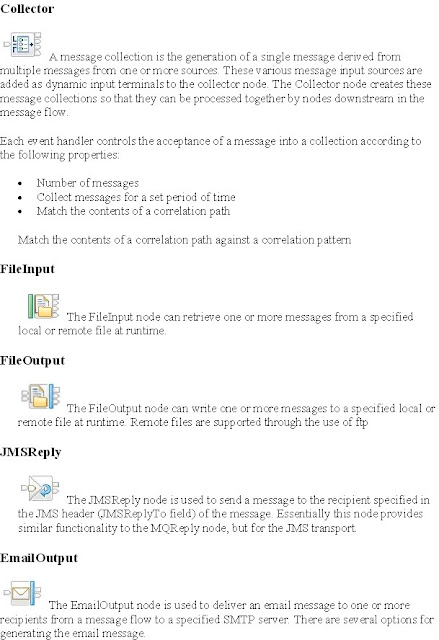The primary reasons for CA
• Return profit to the shareholders
• Influences the share prices
• Corporate restructuring-
Ways of announcing CA
Dividend: Here dividend is the classical example to CA. Company will distribute the profit to the entire share holder. Equity price in the secondary market get adjust because of this CA but as point of the company it is positive sentiment in the secondary market for their equity.
Bonus: company performs well and they want to share the profit to the share holders in the form equity. Equity price will adjust in the market because of this CA but company prospective liquidity will increase in the secondary market. There is an issue here, some share holder are not qualified to take the bonus so they will accrue the loss.
Stock splitting: increase or decrease the number of shares in the market to increase or decrease the price of the stock market
Spinoffs: Are an example of a corporate action where a company breaks itself up in order to focus on its core competencies.
Following List shows how many ways of announcing CA
- Cash Dividend,
- Optional Dividend,
- Stock Dividend,
- Stock Split,
- Spin Off,
- Acquisition,
- Rights Offering,
- Debt Redemption,
- Bonds Exchange,
- Bankrupts,
- Debt Repurchase,
- Reclassification,
- Buyback Offer,
- Pay in Kind.




